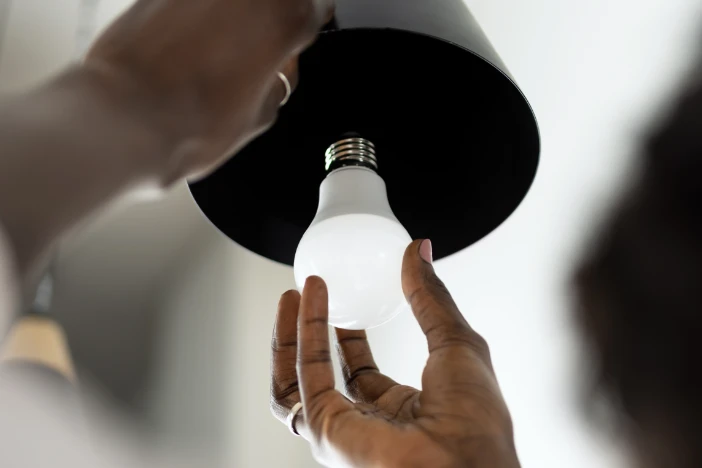
What is the right light bulb for different lamps and lights?
Light fixtures have multiple uses but are often selected for a single function within a room. This impacts the type of light bulb you should choose. Lighting manufacturers list recommended bulb options, but it’s wise to have an idea before buying a lamp or fixture. This final section of our guide goes through multiple lamps and makes light bulb recommendations appropriate for each.
Table and Floor Lamps

These lamps are typically used as general or task lighting. If you want a dimmable table lamp or floor lamp, a halogen incandescent bulb is a good choice. It produces a warm glow in all directions and uses 20-30% less energy than a traditional incandescent bulb. CFL bulbs are great if you don’t need your lamp to dim, provided you can find a suitable color temperature. You should probably use a spiral or closed A-shape bulb with warmer light. They tend to be easier on the eyes. You probably don’t need to use LEDs, unless the table lamp is a heavily-used desk light. LED light bulbs are often one-directional and considerably more expensive.
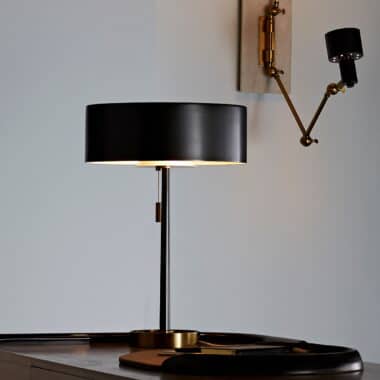
Recessed and Flush Mount Ceiling Lights

These high-use lights are used for ambient, task or accent lighting. However, given the continual use and relative inaccessibility (which makes changing them a bit more troublesome), LED bulbs are probably the best choice. These eco-friendly light bulbs use 80% less energy than equivalent incandescent replacements. They live longer than fluorescent light bulbs and are significantly brighter than both replacement types.
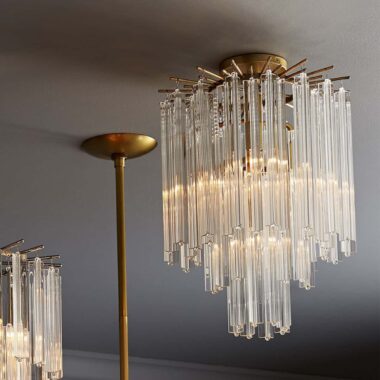
Recessed and flush-mount ceiling lights usually have diffusers that minimize the harsh light from exposed LEDs. For recessed or track indoor lighting, reflector or bulged reflector bulbs are great options. Many flush-mount lights also work well with standard A-type or spiral-shaped bulbs.
Pendant Lights

These hanging fixtures are typically used for general or task lighting in kitchens above countertops or dining rooms above tables. They may occasionally be employed in specialized work areas in the home or more industrial workplaces when there are extremely high ceilings. You’ll likely want to avoid many LEDs in favor of a traditional A-shape or globe-shaped CFL or halogen incandescent light bulb. A portion of the bulb is often exposed, so you should be mindful. Looking directly at certain LED light bulbs isn’t quite as bad as staring at the sun, but it’s unpleasant and could disrupt your ability to complete a task.
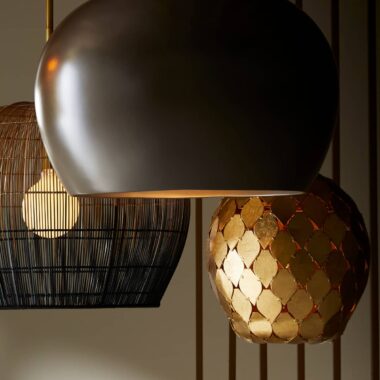
Chandeliers

These dramatic hanging light fixtures are as much about form as function. Consequently, chandelier light bulbs are often more stylish in their design, especially if exposed. These lights are usually used for general or ambient lighting in dining rooms, entryways and bedrooms. Although, many large family rooms or high-ceiling common areas often incorporate grand chandeliers to help fill the space or make it feel cozier. Candle, flame or globe-shaped bulbs work well in chandeliers and are typically incandescent. However, newer LED options might also do the trick.
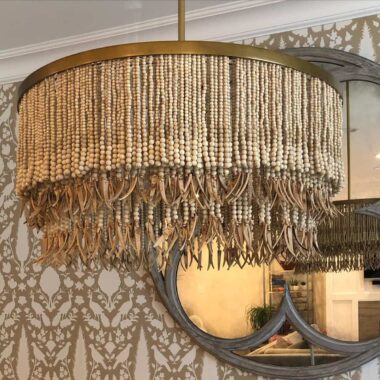
Wall Lights and Sconces

These wall-mounted lighting fixtures tend to be used for more ambient purposes. Certain home and office areas need some light to serve their purpose, but bright task lighting is often overkill. A little subdued mood lighting is sometimes helpful to transition from busy common areas to more intimate ones. Many wall lights are small and have confined lamping fixtures. In those cases, use smaller candle or flame-shaped CFLs or incandescent bulbs. Their decorative styling is also aesthetically pleasing and is reminiscent of traditional, pre-electricity lighting. If your interior design is more contemporary, small globe bulbs work well.
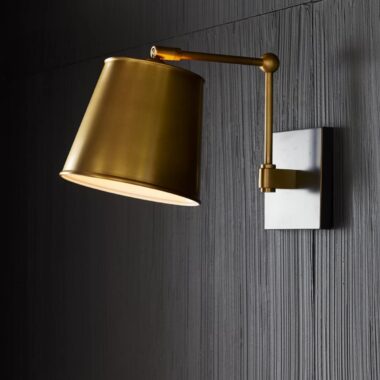
Outdoor Lighting

Lighting the exterior of your house is also important. Walkways and entries must be well-lit so people can safely find their way. Similarly, decks and patios need light for entertaining at night but don’t necessarily need as much illumination. Regardless of the outdoor location, these general or task lights must be durable to withstand the elements. Halogen incandescent light bulbs are usually sufficient for outdoor lighting unless they are continually in use or extremely bright.
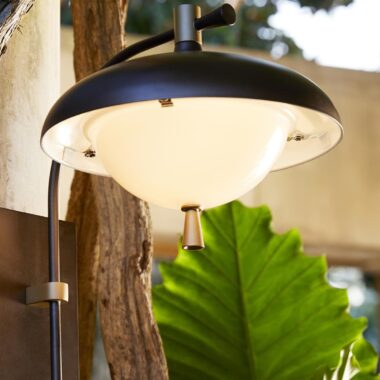
CFLs do not turn on well or last as long in cold weather, so your geographical location has to be considered. LED light bulbs are great for lighting basketball or tennis courts, but the higher cost may be harder to justify for other uses. Reflector or parabolic aluminized reflector (PAR) bulbs are great for many recessed or spot outdoor applications.
Shedding some light on the subject
As you can see, there are several factors that you can evaluate when choosing a light bulb. The use and room help determine the best lighting fixture, which has technical requirements and size constraints. Even after sorting through those decisions, you still have your subjective style, economic and environmental considerations to answer to. This guide should give you a head start and help you better understand your choices.
With all the time, energy and money you spend on furniture and home decor, it’s only right that you see it a whole lot better with the right light. Ellen Degeneres was right, but then again, she’s always been one of the brighter bulbs in the box.
Recent Trend – Vintage Style Edison Bulbs
The growing popularity of rustic, steampunk and industrial interior design and lighting has spurred interest in Edison filament-style light bulbs. Originally, these vintage light bulbs were incandescent and had wound filaments visible through clear glass casings. Recent LED technology, however, has opened up the possibilities with new internal “filament” configurations and bulb shapes. Now, Edison light bulbs can be used in virtually any lamp or light fixture. Their warm, glowing orange light is probably more aesthetic than functional, but they do look really cool.
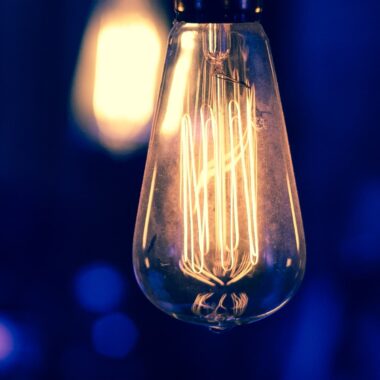
How do you dispose of light bulbs?
At some point, regardless of how good a light bulb is, it burns out or gets broken. But what do you do with old light bulbs? Based on the bulb type and where you live, there are essentially two options: recycle or throw them out. Each type of light bulb has its requirements or recommended steps. Take a look at our FAQs for answers.
The right light bulb enhances your space & saves money
You are to be congratulated for making it through our light bulb buying guide. Picking the proper lightbulb improves your ability to perform tasks, move about and accentuate things that make your space stand out. Energy-efficient light bulb technology also helps you stretch your dollar and save money in the long run. Lightbulbs will continue to evolve, so ask your home improvement customer support personnel if you have any questions before buying.

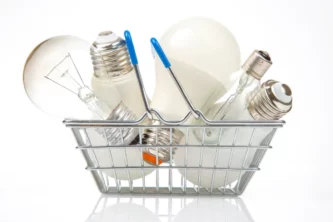

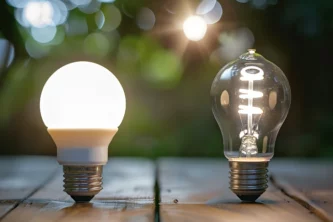




Leave a Reply